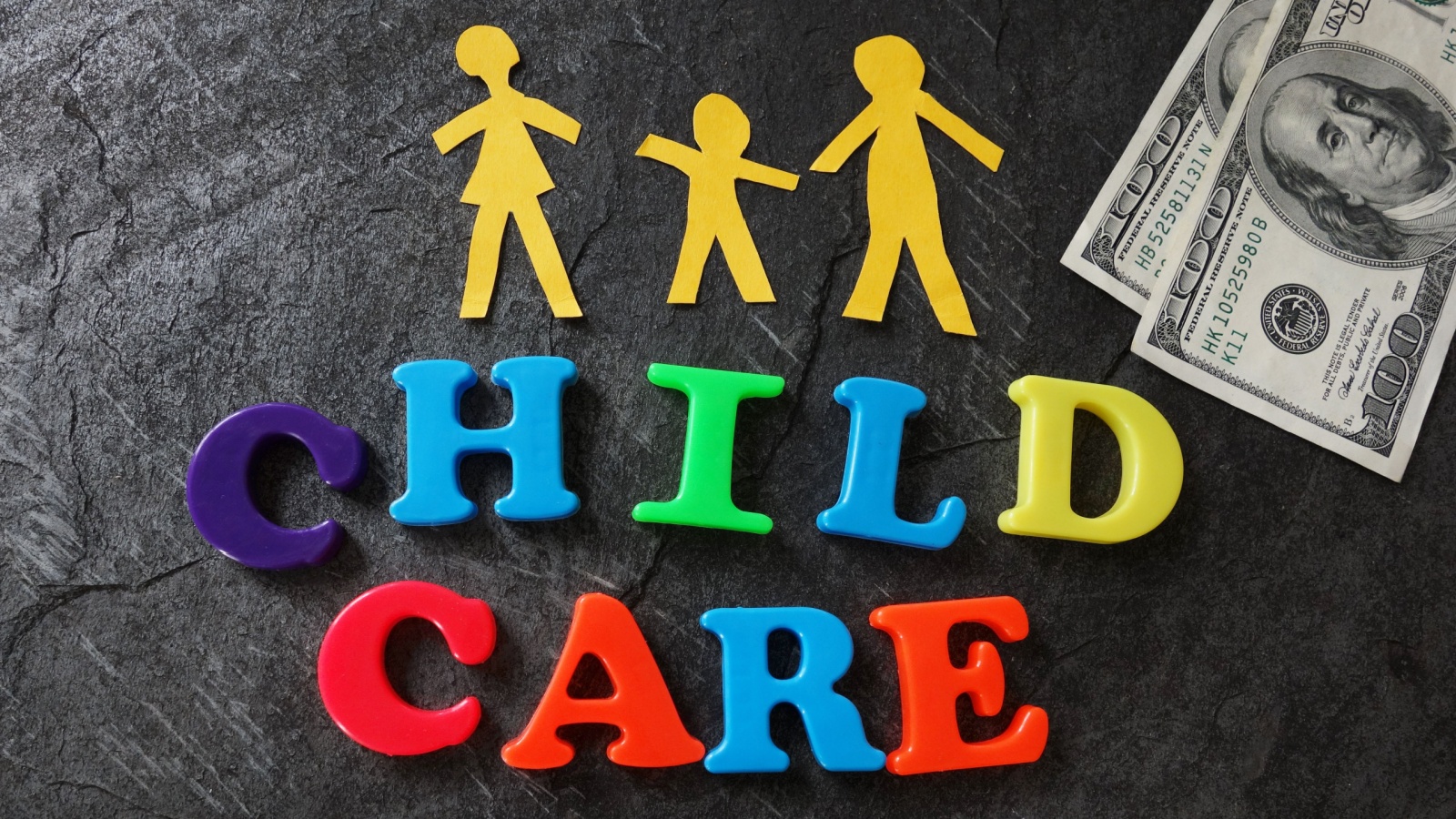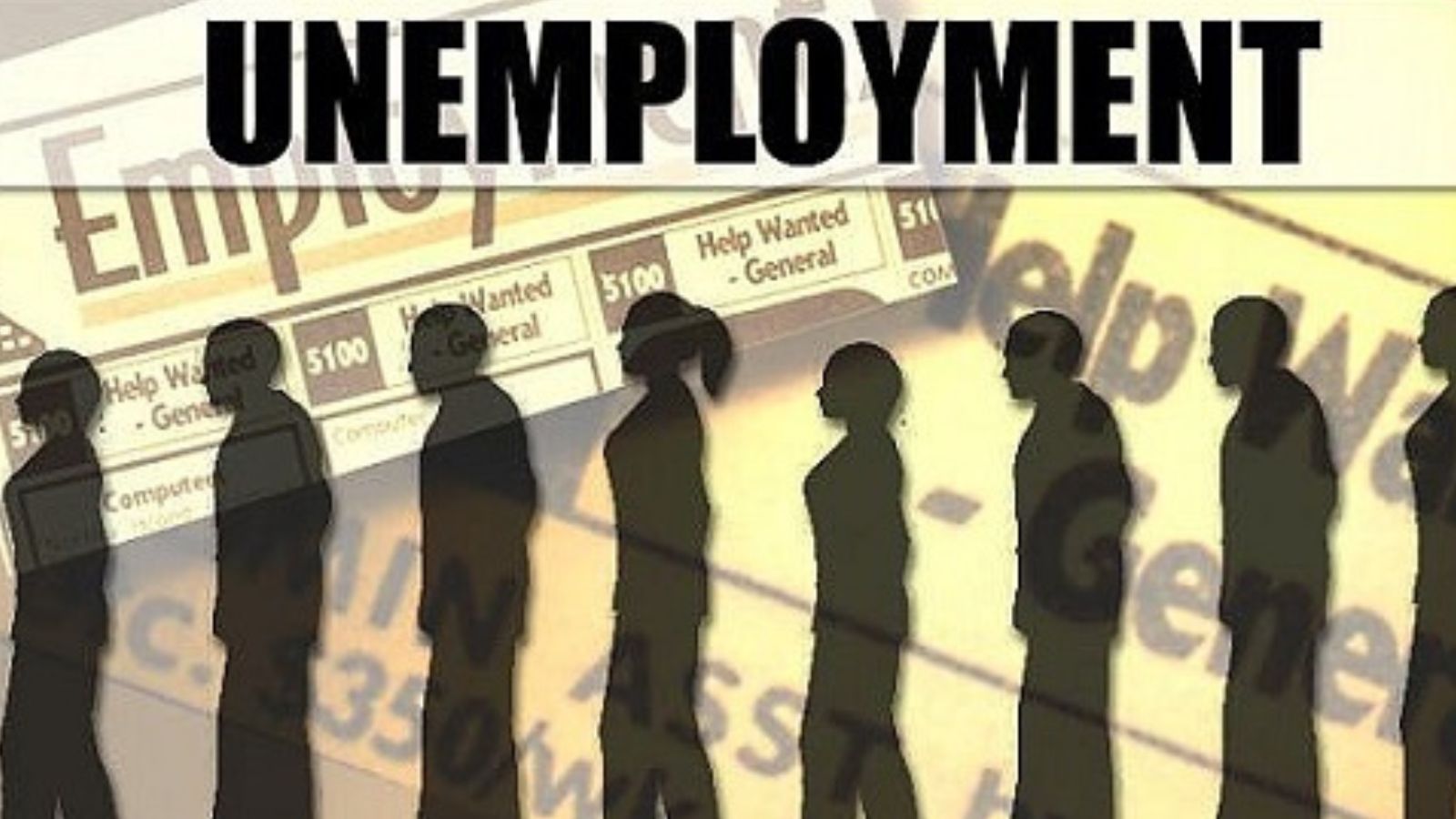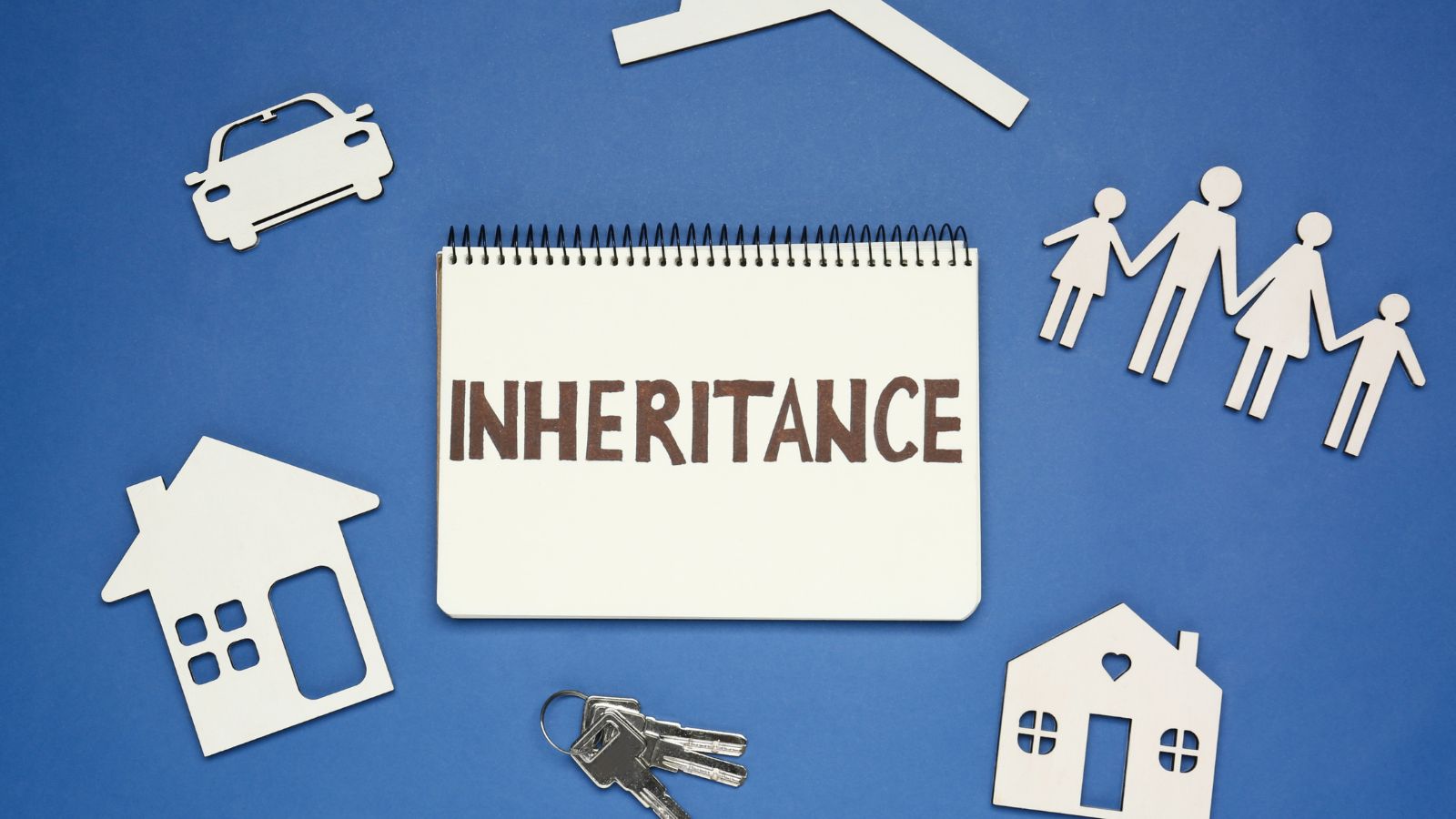On paper, Canadian millennials should be thriving. They are better educated, often command higher salaries than their parents did at the same age, and have access to industries their predecessors couldn’t imagine. Yet many find themselves squeezed financially, facing mounting debt, unstable housing, and limited wealth accumulation. Here are 18 reasons why more Canadian millennials are becoming poor despite earning more.
Housing Prices Outpacing Wages

Salaries have grown, but housing costs have grown faster. Since the early 2000s, average home prices in major Canadian cities have tripled or quadrupled, while incomes have risen far more modestly. For millennials trying to enter the market, even dual-income households often fall short of down payment requirements. Renting hasn’t been much better, as vacancy rates remain low and landlords raise rents annually. While millennials may earn more than their parents did at the same stage, they spend a much higher percentage of their income on housing, leaving less money for savings, investments, and building long-term wealth.
Student Debt Burden

Higher education was marketed as the ticket to middle-class security. Yet tuition fees have surged, leaving graduates saddled with significant debt. Many millennials exit university with tens of thousands in loans, which delay milestones like homeownership or retirement savings. Even with solid salaries, student loan repayments eat into disposable income for years. For those who pursued graduate or professional degrees, the burden can stretch into middle age. Compared to previous generations who paid much lower tuition, millennials’ higher earnings are partially cancelled out by debt obligations that diminish their financial mobility and overall economic security.
Stagnant Job Security

While salaries may be higher in some industries, job stability has weakened. Permanent, full-time roles with benefits are harder to secure, as companies increasingly rely on contract or gig work. Millennials often switch jobs frequently, not always by choice, facing unpredictable employment gaps. Without union protections or defined pension plans that earlier generations benefited from, these workers shoulder greater financial uncertainty. Even when incomes are strong, instability forces many to save cautiously, reducing their ability to spend, invest, or plan long term. In short, higher wages mean less when employment feels constantly temporary and insecure.
Rising Cost of Childcare

For millennials starting families, childcare expenses have become one of the largest financial drains. In many provinces, daycare costs rival or even exceed rent or mortgage payments. Despite policy efforts like subsidies in Quebec or national childcare agreements, affordability varies widely. This reality means many households dedicate a large chunk of income to childcare, reducing their ability to save or build wealth. Earlier generations often relied on lower costs or single-income models, but today’s economy demands dual incomes, yet punishes families with steep childcare bills. This adds another layer of financial stress to millennial budgets.
Inflation Eating Away at Gains

Inflation has eroded much of the progress made through salary increases. Groceries, utilities, insurance, and transportation costs have all spiked in recent years. While headline wages may appear higher, purchasing power hasn’t kept pace. For millennials, this creates a frustrating cycle: their incomes rise, but their real standard of living stagnates or even declines. Essentials such as food and fuel consume bigger shares of take-home pay, leaving less for discretionary spending. Earlier generations enjoyed periods of wage growth outpacing inflation, but today’s millennials rarely see meaningful improvements in financial comfort despite their supposedly stronger earnings.
Wealth Concentration at the Top

Much of Canada’s wealth has shifted toward older generations and high-asset households. Boomers benefited from cheaper real estate, defined pensions, and decades of equity growth, while millennials face inflated entry prices. As assets concentrate at the top, younger Canadians earn higher incomes but lack opportunities to convert those earnings into lasting wealth. Inheritance may eventually narrow the gap, but in the present, structural inequality leaves millennials with fewer ownership opportunities. Wealth inequality means their incomes, while decent, don’t translate into the same stability or upward mobility enjoyed by their parents or grandparents.
Cost of Urban Living

High salaries often come from jobs located in expensive urban centres like Toronto, Vancouver, or Ottawa. Relocating to smaller towns might offer lower costs, but career opportunities are concentrated in costly cities. This creates a double bind: better pay requires living in places where housing, transportation, and food cost significantly more. As a result, millennial professionals earning six figures may still struggle with rent or mortgage obligations. The higher income looks impressive on paper, but in practice, it barely stretches far enough to cover the inflated costs of metropolitan living.
Delayed Wealth Accumulation

Because of student debt, housing challenges, and job precarity, millennials often begin wealth-building later than previous generations. By the time they can invest seriously or buy property, prices have surged even higher, locking them further behind. Retirement planning suffers as compound interest works less effectively when investments start later in life. Higher salaries may eventually help, but by missing critical years of early saving and asset growth, millennials face an uphill financial battle. Delayed entry into wealth accumulation means their earning power isn’t translating into long-term financial resilience.
Healthcare Gaps and Costs

Although Canada has universal healthcare, gaps exist. Prescription drugs, dental care, mental health services, and physiotherapy often require out-of-pocket payments or costly insurance. Millennials facing chronic conditions, fertility treatments, or mental health challenges spend thousands annually despite earning respectable salaries. Employers may offer extended benefits, but contract or freelance workers frequently miss out. These healthcare costs add up quickly, reducing disposable income. For earlier generations, medical expenses were less prominent in financial planning, but today’s millennials must budget extensively for services not fully covered by the public system.
Credit Dependency

With rising costs outstripping savings, many millennials rely heavily on credit cards, personal loans, or lines of credit. Interest charges compound quickly, turning manageable balances into long-term liabilities. Even with decent incomes, high interest rates make repayment challenging, trapping individuals in cycles of debt. This reliance on borrowed money undermines financial progress, as higher earnings get siphoned toward servicing debt rather than building assets. Earlier generations often had lower household debt levels, whereas today’s millennials balance student loans, mortgages, and consumer credit all at once, leaving little room for error.
Lack of Affordable Transportation

Car ownership has become increasingly expensive, with rising fuel costs, insurance premiums, and vehicle prices. Public transit alternatives often fall short, especially outside major metropolitan areas. Millennials who need reliable transportation for work may spend thousands annually just to commute. Even when incomes are higher, transportation costs drain resources that might otherwise be saved or invested. Unlike previous generations who could purchase affordable vehicles with manageable insurance, today’s younger workers face inflated mobility costs. This makes maintaining employment and urban life more costly, even when salaries appear robust on the surface.
Underemployment Despite Education

Many millennials are highly educated, holding advanced degrees or specialized certifications. However, job markets don’t always align with their qualifications, leading to underemployment. Workers with master’s degrees may find themselves in roles that pay moderately above average but not enough to match their educational investment. This mismatch means higher incomes aren’t always proportionate to training or potential. Compared to earlier generations, where degrees were almost guaranteed strong middle-class earnings, millennials often discover their higher salaries don’t reflect the time, cost, and effort invested in education, leaving them financially frustrated.
Housing as Investment Barrier

For previous generations, buying property wasn’t just shelter, it was the foundation of wealth accumulation. Rising real estate values created security and intergenerational wealth transfers. Millennials, even with higher incomes, often remain renters for decades, missing out on this equity-building engine. As investors and older buyers dominate housing markets, opportunities for younger earners narrow further. Even those who manage to buy often face extreme mortgage payments, limiting flexibility in other financial areas. Without property ownership, millennials lose one of the most reliable wealth-building mechanisms in Canadian history.
Rising Tax Burdens

Taxes remain a significant factor in reducing take-home pay. Higher earners, including many millennials in competitive industries, face steep federal and provincial tax brackets. Add sales tax, property tax, and carbon pricing, and the deductions accumulate quickly. While these contributions fund important public services, they also eat into disposable income, creating a disconnect between gross salary and real financial freedom. Earlier generations often enjoyed lower effective tax rates or fewer layered levies, but today’s young professionals see their seemingly strong earnings substantially trimmed before reaching their bank accounts.
Inheritance Gap Timing

Much of the wealth transfer from baby boomers is expected to occur over the next two decades, but millennials need financial security now. Without access to early inheritance, many struggle to compete in inflated markets for housing or investments. Delayed transfers mean that even with decent incomes, younger workers cannot access the financial cushions their parents enjoyed. By the time inheritances arrive, many millennials may already be approaching retirement age themselves. This generational timing gap leaves them vulnerable during prime earning years, despite higher salaries.
Lifestyle Pressures and Expectations

Cultural expectations also play a role. Millennials are pressured to maintain lifestyles that match their peers, whether through technology, travel, or dining. Social media amplifies these comparisons, encouraging spending that outpaces income growth. While older generations faced social pressures too, the digital environment intensifies them. Higher salaries help cover some expenses, but constant exposure to consumer culture can drive overspending. As a result, many millennials find themselves earning well but still feeling financially stretched, as their income is offset by lifestyle pressures that demand constant upgrading and consumption.
Pension Decline and Retirement Uncertainty

Defined benefit pensions, once common in public and private sectors, are increasingly rare. Millennials instead face defined contribution plans or individual retirement savings, placing the burden of investment risk on them. Even with higher salaries, the lack of guaranteed pensions means retirement security is uncertain. Without disciplined saving and investment, many risk falling short. Earlier generations could rely on stable pensions alongside government programs, but millennials must navigate volatile markets and limited employer contributions, making long-term financial stability more fragile. This creates insecurity even among high earners.
Climate and Sustainability Costs

Younger generations are also contending with costs related to climate change and sustainability. Flood insurance, higher energy bills, and carbon taxes add financial weight, while conscious choices, like buying eco-friendly products, often carry higher price tags. Millennials, being more environmentally aware, frequently spend extra to align their purchases with their values, but this reduces their savings potential. While incomes may be solid, the cost of living sustainably is higher than many anticipated. These added expenses differentiate millennials from earlier generations, who didn’t face the exact environmental costs tied directly to personal financial decisions.
21 Products Canadians Should Stockpile Before Tariffs Hit

If trade tensions escalate between Canada and the U.S., everyday essentials can suddenly disappear or skyrocket in price. Products like pantry basics and tech must-haves that depend on are deeply tied to cross-border supply chains and are likely to face various kinds of disruptions
21 Products Canadians Should Stockpile Before Tariffs Hit
